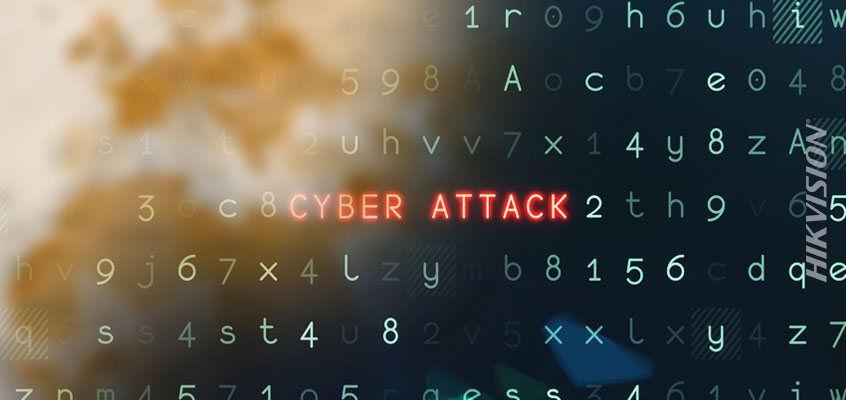Organizations Show Resilience in Face of Pandemic-Related Security Concerns & Vulnerability Exploits

Hikvision Blogs Cover Coronavirus-Related Security Vulnerabilities and Concerns
Organizations have been quite resilient against on onslaught of security concerns and vulnerability exploits in the face of pandemic-related cybersecurity threats, covered in Security magazine’s article: “What IT leaders can learn from the internet’s surprising resilience during COVID-19.”
From the Security magazine story: “The unfolding COVID-19 crisis has been the most significant test of the world’s Internet infrastructure to date. With employers and schools moving to remote environments, the expectation was that the expanded use of Software-as-a-Service (SaaS) tools like video conferencing would lead to crippling levels of web traffic. On top of that, experts anticipated the increase in Internet use would prompt a corresponding rise in network attacks from cybercriminals.”
Stay-at-home policies drove growth in online traffic, an increase in vulnerabilities, and subsequent cyber threats against a wide range of industries, with certain verticals experiencing a more dramatic uptick in threats. Retailers experienced a sharp increase, while streaming services were also a target of cybercriminals.
While there have been challenges, the Internet and industry have been resilient in the face of dramatic changes related to increased work from home and web traffic. This has led to insights for IT leaders, according to the article. Some of these lessons include:
Internet Service Providers (ISPs) and IT engineers adapted to the increased capacity from online activity usage, including building systems and implementing solutions “with multiple redundancies to handle unexpected failures.”
Digital assets are now critical resources that must be protected. Organizations who make this a priority and invest in additional ISP defenses will be more likely to be protected from external attacks.
In this Hikvision article, “Hikvision Blog Series: Senior Cybersecurity Director on COVID-19 Hacks, Phishing & Cyberattacks,” we discuss some of these recent cyberattacks and ways to protect yourself. The article links to several Hikvision blogs about coronavirus-related security vulnerabilities and concerns to help you stay safe.
